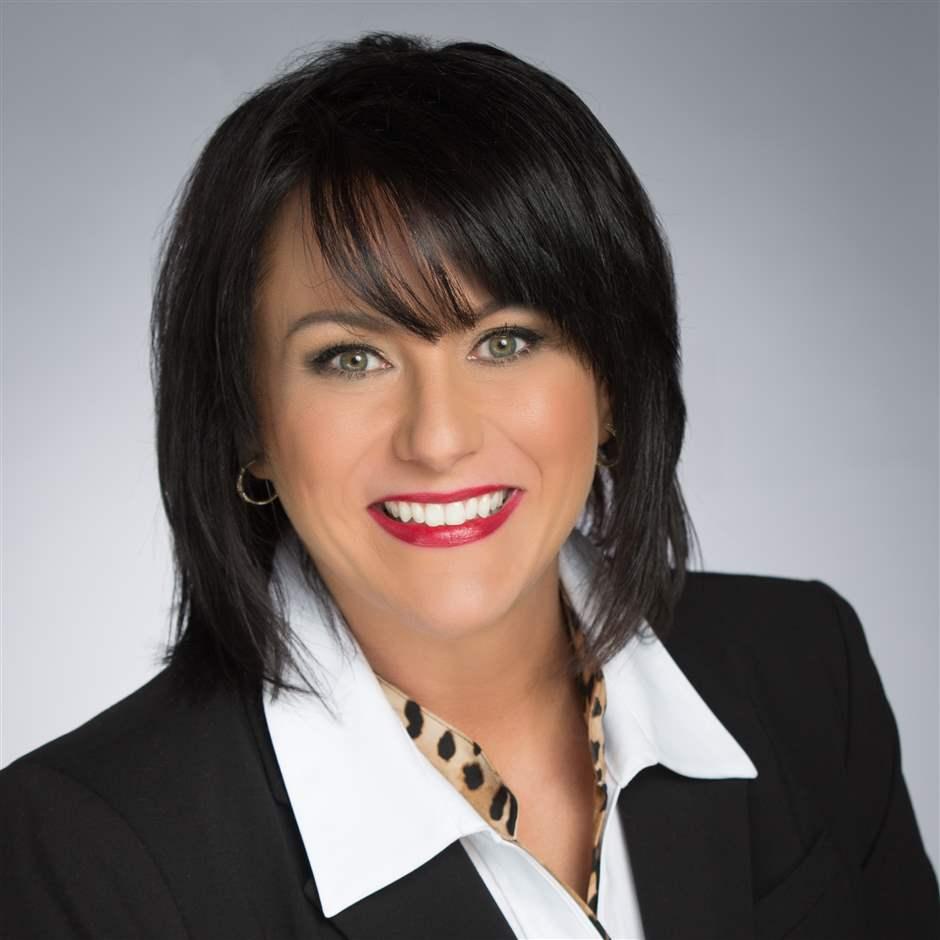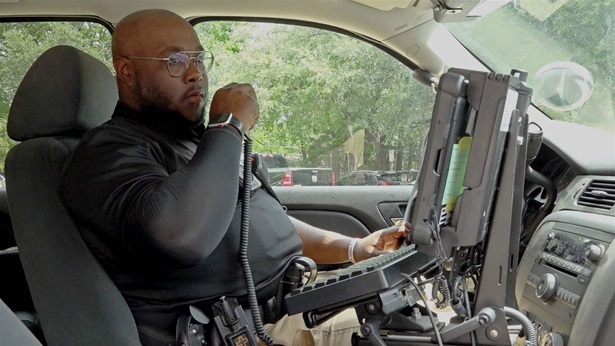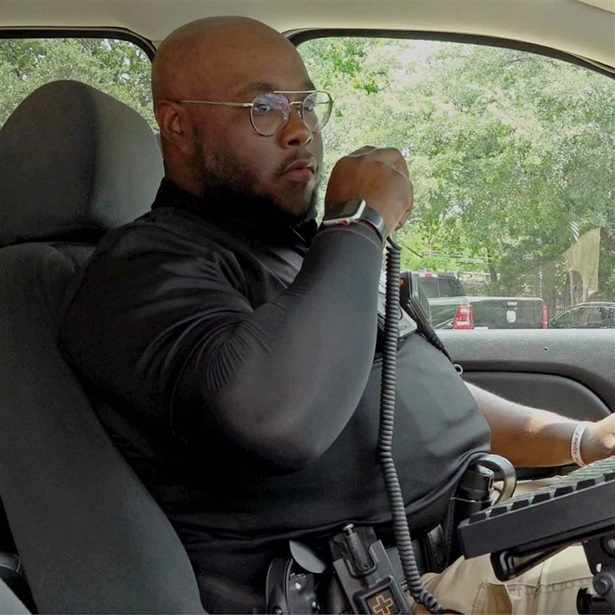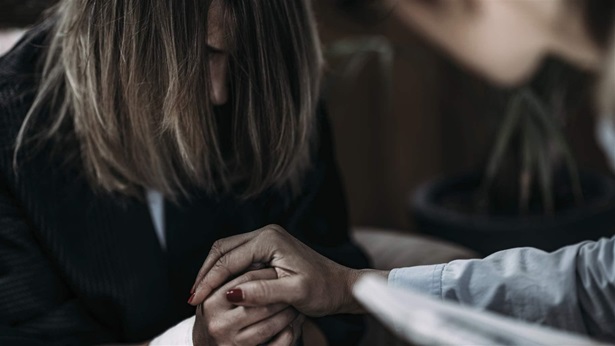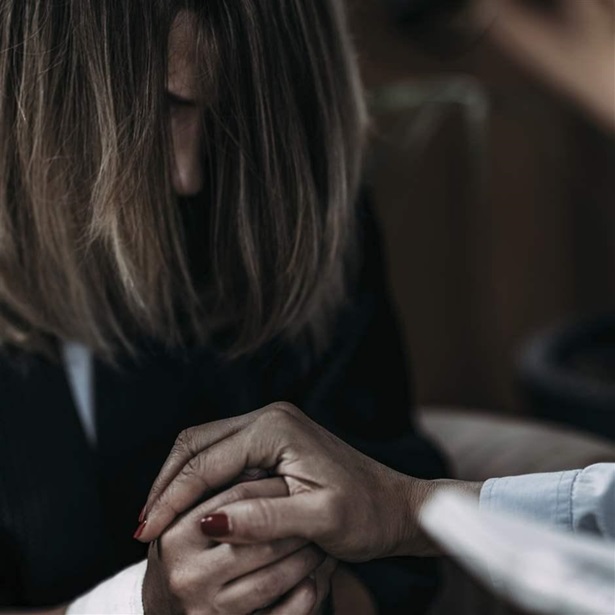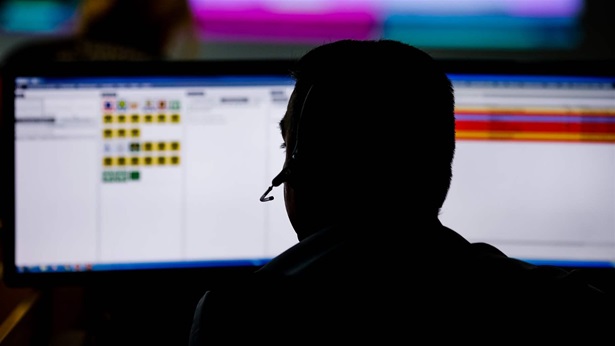‘We Had to Work With Partners to Help Them See Mental Health as a Medical Need’
Texas public safety expert discusses how to create better responses to behavioral health emergencies
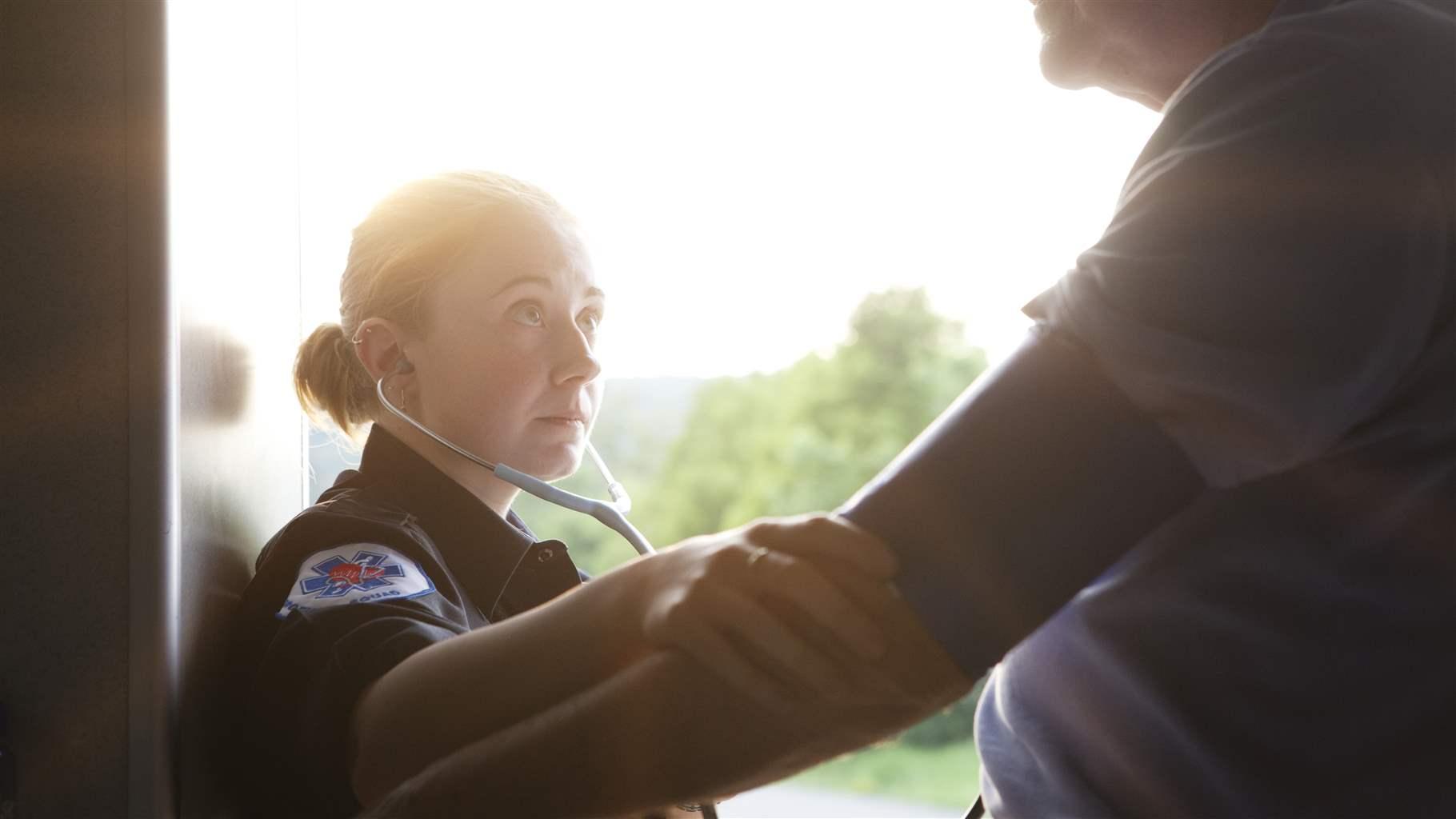
B.J. Wagner, the senior vice president of health and public safety at Meadows Mental Health Policy Institute, has been a key player in spearheading a new way to respond to behavioral health emergencies in her home state of Texas. With decades of health and public safety experience under her belt, she specializes in the intersection of behavioral health and justice systems, with a specific focus on emergency response models.
One of the models Wagner helped create is Multi-Disciplinary Response Teams, which first piloted in Dallas in 2018. This community paramedicine model takes a health-first approach to emergencies involving people with mental health or substance use disorders—with licensed mental health professionals, paramedics, and specialized law enforcement officers involved in addressing the health care or social needs that are often front and center in these situations.
This interview has been edited for clarity and length.
Q: Can you tell us how you and your team created the Multi-Disciplinary Response Teams model?
A: We began by talking to more than 500 police officers and hosting focus groups across Dallas County. We asked these officers what their greatest needs were when they’re responding to a mental health emergency, and we heard repeatedly that they don’t have medical help on the scene.
Paramedics, meanwhile, said that sometimes the situations are not safe, so they can’t provide medical care. Both law enforcement officers and paramedics also stress that they cannot provide immediate access to mental health care. And that’s why it was important to include the behavioral health clinician in the solution.
So, we began thinking about mental health emergencies and looking at how they unfold at their most critical stages. We put those three professions—a law enforcement officer, a paramedic, and a behavioral health clinician—together so that people who may pose a public safety risk or who can be unpredictable while having a mental health emergency can have access to treatment and services, just as people who have mental health emergencies without posing a public safety risk do.
We piloted the program in the city of Dallas and saw immediate success. We then began to expand that program to other areas of the state.
Q: What were some initial reactions from stakeholders such as law enforcement, paramedics, and community behavioral health experts, and from community leaders?
A: There was some pushback. We heard a couple of things. One, it can appear to be a very expensive program, especially for smaller communities, because this approach brings together a specialized three-unit team that includes licensed behavioral health professionals and paramedics together with police officers for mental health emergencies. So cost will be a challenge when we look at it from a staffing perspective. And then we also hear feedback from these three professions: “Why do we all need to be there at the same time?” You have three of what I refer to as the alphas of their professions—people who are typically highly qualified and used to being in charge—in person, at the same time, in one patrol unit.
So the pushback was from within the field, not necessarily from the community. Paramedics weren’t really accustomed to responding to mental health emergencies, and law enforcement wasn’t really accustomed to being accompanied by civilians such as behavioral health specialists when responding to calls with a high risk of volatility. There was a lot of getting buy-in from people to do something that was different from a traditional crisis intervention team or a law enforcement officer and clinician responding to an emergency together.
Q: How did you change the culture to get that buy-in?
A: Culture change doesn’t come overnight. We did about a year’s worth of planning in Dallas, including talking to professions outside of law enforcement. We had to work with paramedics to help them see mental health as an immediate medical need. We also had to make sure there were safety measures in place so these teams could respond to calls that posed a high public safety risk.
Then we took the model to other areas of the state, which was a culture shift in itself. We had to minimize the program’s Dallas identity so we could take it to more rural areas, such as Abilene.
Q: What role do you think state and local governments can play in ensuring a continuum of care for people who experience mental health emergencies?
A: I think local governments are chiefly responsible for looking at the needs of their individual communities and ensuring there’s a continuum of care available. It’s also important that local hospitals, community behavioral health experts, and police officers are deeply involved in those conversations, and that those stakeholders are talking with one another.
And I think our state has to make resources available to fund not only the personnel, but also the vehicles and other equipment necessary for this health-based approach to truly work. The state should also make sure that a person experiencing a mental health emergency can access care in hospitals or treatment centers, and that they can also be connected to other social service needs such as housing, substance use care, and trauma-informed care. I don’t think that state governments can generally dictate a uniform service design statewide because what may be useful in a large metropolitan area may not be useful in a small rural area. But the state needs to ensure that resources are available for the people who live within their state.
Q: We’ve seen a shift in how we talk about mental health crises in this country the past several years. What do you think we’re getting right—and what do we need to still work on?
A: One thing that we’re getting right is we’re talking about mental health in a health care framework. It’s part of regular health insurance services in most cases; when you walk into your primary doctor’s office, you know they will ask you certain health screening questions. It’s not something that we whisper about any longer, and it’s not something that we’re talking about in separate conversations. Mental health care is becoming part of a person-centered approach of health care service delivery.
We still need to work on the debate—which we’ve had for a long time and has been escalated over the past year and a half or so—about whether we need a law enforcement response, on one hand, or a civilian response, on the other hand, to a mental health emergency. And I’m encouraged to see some communities having the discussion about “and” rather than “or”—about a law enforcement response and a civilian response, bringing along paramedics and behavioral health experts, so we have an entire mental health emergency ecosystem that fits the care continuum. But we have a long way to go to bring “and” into everybody’s conversation, so we don’t relegate part of the population to law enforcement response just because we don’t understand how their mental health emergency looks. The question needs to shift from “Why did we send law enforcement to that mental health emergency?” to “Why did we only send law enforcement to that mental health emergency?”
